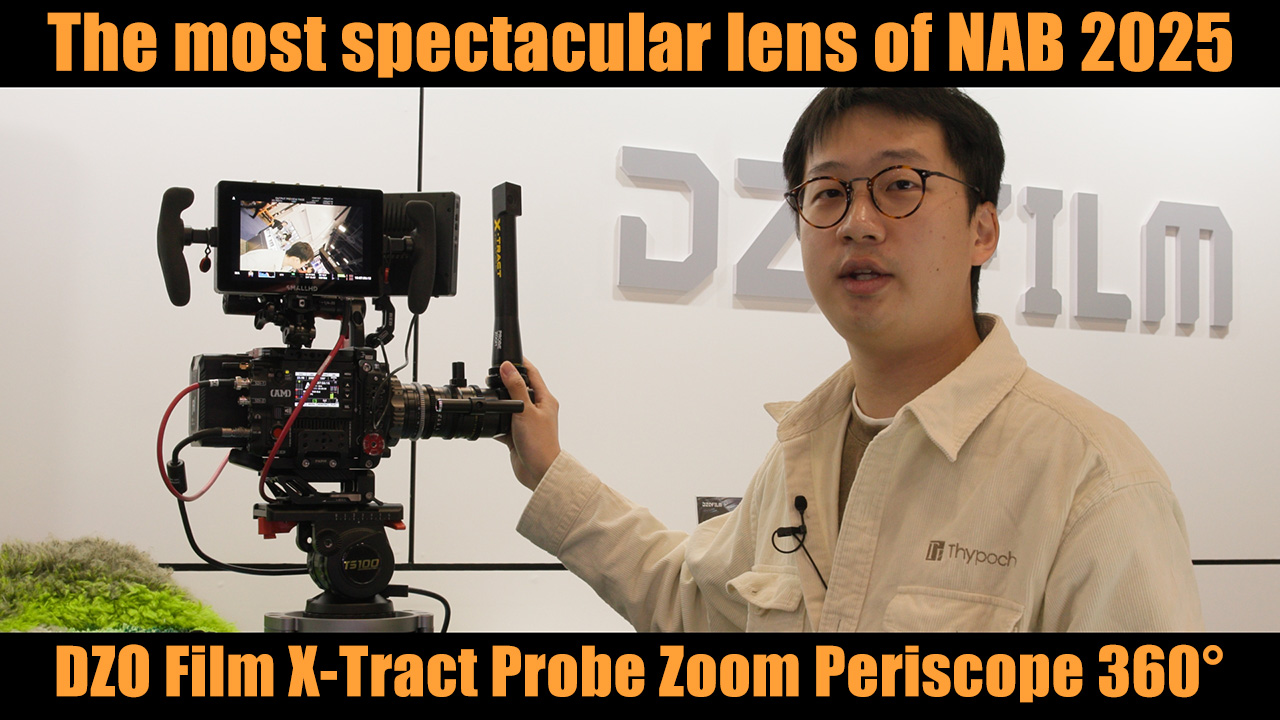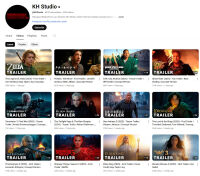[10:50 Wed,16.April 2025 by Thomas Richter] |
Videos can easily be created with AI and uploaded to YouTube, but to be worthwhile, they need to be viewed as often as possible. But how do you achieve enough attention for your own clip amidst a flood of other AI clips? Some YouTubers have found the recipe for generating enough views and thus money on YouTube using video AI: They create fake movie trailers for upcoming Hollywood blockbusters. These are often searched for by users and receive a lot of attention and views due to the popularity of the films they are based on (often sequels and prequels of already successful films). YouTube channels like KHStudio and ScreenCulture get billions of views and millions in revenue for their fake trailers. And since many users do not recognize the typical look of AI-generated videos, they think the trailers are real. Thanks to the ability to incorporate the faces of real actors into the trailers, they also look real enough to be mistaken for real. The public is largely unprepared for the content apocalypse via AI on the web - which, among other things, started on Facebook, where spectacular AI images were diligently liked and forwarded, is now spreading - thanks to increasingly better video AIs - also in the form of AI videos on YouTube. Until AI, the production of such fakes was only possible with relatively great effort, now it is child&s play: the real actors, exotic locations and extravagant equipment - all this is generated quickly and easily by video AIs via prompt. Sometimes the fake trailers come out well before the official ones, sometimes later and use sequences from the real trailers. Often, however, the trailers themselves announce sequels to popular films or series that are not even planned - the main thing is that the presented film projects are reasonably credible. For example, there are trailers for "Titanic 2", "Pirates of the Caribbean 6" or "Bond 26" with Henry Cavill as James Bond and Margot Robbie as Bondgirl - thanks to AI, there are no limits to the imagination. Hundreds of thousands of views are achieved by these trailers, which often seem like they were thrown together - they play in the world of the respective film, feature the actors, sometimes spectacular images, but still only look like strung together moving images in the typical AI look. Anyone who knows video AIs will quickly become suspicious when watching the clips - the typical AI look is recognizable all too quickly: the faces are a bit flat, the camera movements are stereotypical - and above all, there is a certain emptiness of the images and the narrative that does not make you want to see the whole film. The fakes are of course made easier by the fact that film trailers consist of short, quickly cut sequences anyway - with longer shots than a few seconds, display errors, especially of moving objects, or other inconsistencies become more and more likely. Some viewers, on the other hand, know that they are fakes and enjoy the game about the spectacular re-castings of films. And the studios? But why doesn&t the otherwise so litigious Hollywood studio do anything against these fakes? The film magazine Deadline has found the answer: once alerted to the forgeries, Warner Bros. Discovery, Paramount and Sony Pictures decided to monetize the fake trailers themselves and thus get money for them instead of having them removed from YouTube. Much to the annoyance of the US actors& union, which is fighting to prevent AIs from making actors unemployed, and successfully had the studios assure them in the last labor dispute that they would ask actors for permission before using their AI-animated images and share the revenue with them. By monetizing the fake trailers, exactly what they wanted to prevent is happening: AI-animated actors generate money for the film studios without the originals being paid for it (and quite apart from the fact that they are used against their will). It is hard to understand that the Hollywood studios apparently see the revenues as so lucrative that they are willing to accept possible damage to their image if potential moviegoers are put off from going to the cinema by the badly made trailers. In the meantime, however, YouTube has reacted to the Deadline report and demonetized the corresponding channels, i.e. no more advertising is integrated and no more money is paid out due to the violation of the terms of use. Interestingly, both channels are still producing, and some are now labeling the trailers as "concept" - they are apparently hoping for a successful appeal. It is annoying, however, that YouTube leaves the AI fakes online without showing any notice to viewers indicating that they are AI creations, thus misleading many viewers. Bilder zur Newsmeldung:
deutsche Version dieser Seite: KI-generierte Fake-Trailer: Wie Hollywood an der Irreführung der Zuschauer mitverdient |







